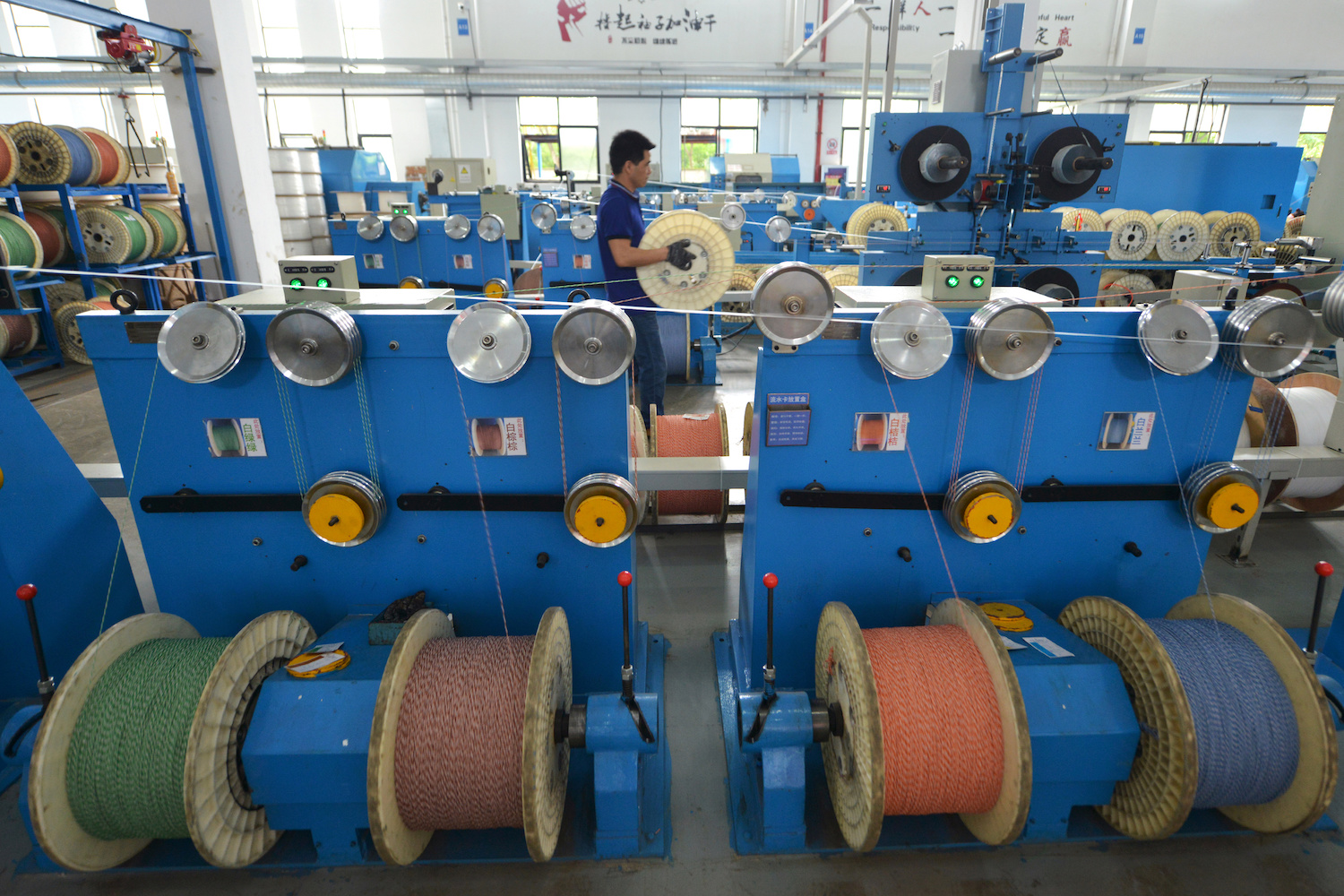(ATF) China’s industrial output surged 6.9% in October from a year earlier, expanding for the seventh straight month as the world’s second largest economy shook off the impact of the coronavirus pandemic on its labour market and services sector.
Analysts polled by Reuters had expected industrial output growth to have slowed to 6.5% in October year-on-year from 6.9% in September.
Although retail sales rose 4.3% last month from a year earlier, missing analysts’ forecast for 4.9% growth but higher than September’s 3.3% it showed that conditions had returned to normal.
The Asia Eight: Daily must-reads from world’s most dynamic region
“In real terms, retail sales growth is now back to its pre-Covid trend,” Julian Evans-Pritchard, Senior China Economist at Capital Economics, said, while adding that this had helped lift services output growth, from +5.4% year-on-year to 7.4%, an 18-month high and that the official unemployment rate edged down from 5.4% to 5.3%.
“The upshot is that the negative shock to the labour market and service sector from Covid-19 now appears to have fully reversed. Consumption still has room to strengthen further in the near-term given the excess household savings that built up earlier in the year,” he said.
Fixed asset investment increased 1.8% in the first 10 months of the year from the same period in 2019, compared with a forecast 1.6% increase and 0.8% growth in the first nine months of the year.
The upbeat figures came as other Asian economic powerhouses also climbed out from their pandemic depths, with Japan reporting its fastest quarterly growth on record.
China’s fourth-quarter economic growth will accelerate from the third quarter, Fu Linghui, spokesman of the National Statistics Bureau said, told reporters at a briefing.
Spending more
Consumption prospects are improving, with the services industry showing good recovery momentum, Fu said.
Driven by the economic confidence, consumers were spending more – China’s auto industry reported robust 12.5% growth in October vehicle sales thanks to surging demand for electric cars and trucks and domestic tourism also saw a strong rebound over the Golden Week holiday last month. Durable goods including home appliances and furniture also turned positive, partly due to pent-up demand.
“Consumption growth is particularly encouraging. Major economic activity data continued to improve in October, reinforcing our belief that China’s GDP will expand above 5.5% y/y in Q4,” said Betty Wang and Raymond Yeung, ANZ economists.
“All in all, China’s post-Covid recovery has been well on track, independent of the development of a viable vaccine.”
Property investment
Property investment was a key driver of broader spending with October real estate investment up 12.7% from a year ago, the fastest pace since July 2018 and quickening from 12% seen in September, according to Reuters calculations based on NBS data.
Property sales by floor area rose a solid 15.3%, the highest in over three years, while new construction starts expanded 3.5%, improving from last month’s fall of 1.9%.
“We don’t think this trend will continue over the longer term as the government’s recent deleveraging requirements pose downside risks to developers’ funding conditions and their investment outlook in the coming quarters,” ANZ economists said in a note referring to government efforts to prevent bubbles in the property sector. Chinese new home prices grew at a slower monthly pace in October as restrictions were imposed in some big cities.
Private sector fixed-asset investment, which accounts for 60% of total investment, fell 0.7% in January-October, compared with a 1.5% decline in the first nine months of the year.
While China’s economic recovery looks to be accelerating, surging coronavirus infections in Europe and the United States have clouded the outlook for exports.
Former Chinese finance minister Lou Jiwei said last week trade frictions between the United States and China may not ease in the near-term, even under a Joe Biden presidency.
Analysts believe a Biden administration is likely to maintain a tough political stance on Beijing, keep tight restrictions on China’s access to advanced technology, although it could act in a less aggressive and more predictable way than the Trump administration.
China’s economy grew 4.9% in the third-quarter from a year earlier, but annual growth could slow to just over 2% for 2020. That would be the weakest in over three decades but still much stronger than other major economies.
“China is still at risk from the second wave of Covid-19 overseas, some social distancing measures within China are likely to extend into spring 2021, and pent-up demand is likely to lose some steam. Medical product exports could peak soon or may have already peaked, while Beijing seems determined to cool property markets and the still-elevated uncertainty around the US-China relations could dent China’s exports and manufacturing investment,” Nomura economists said in a note.
























